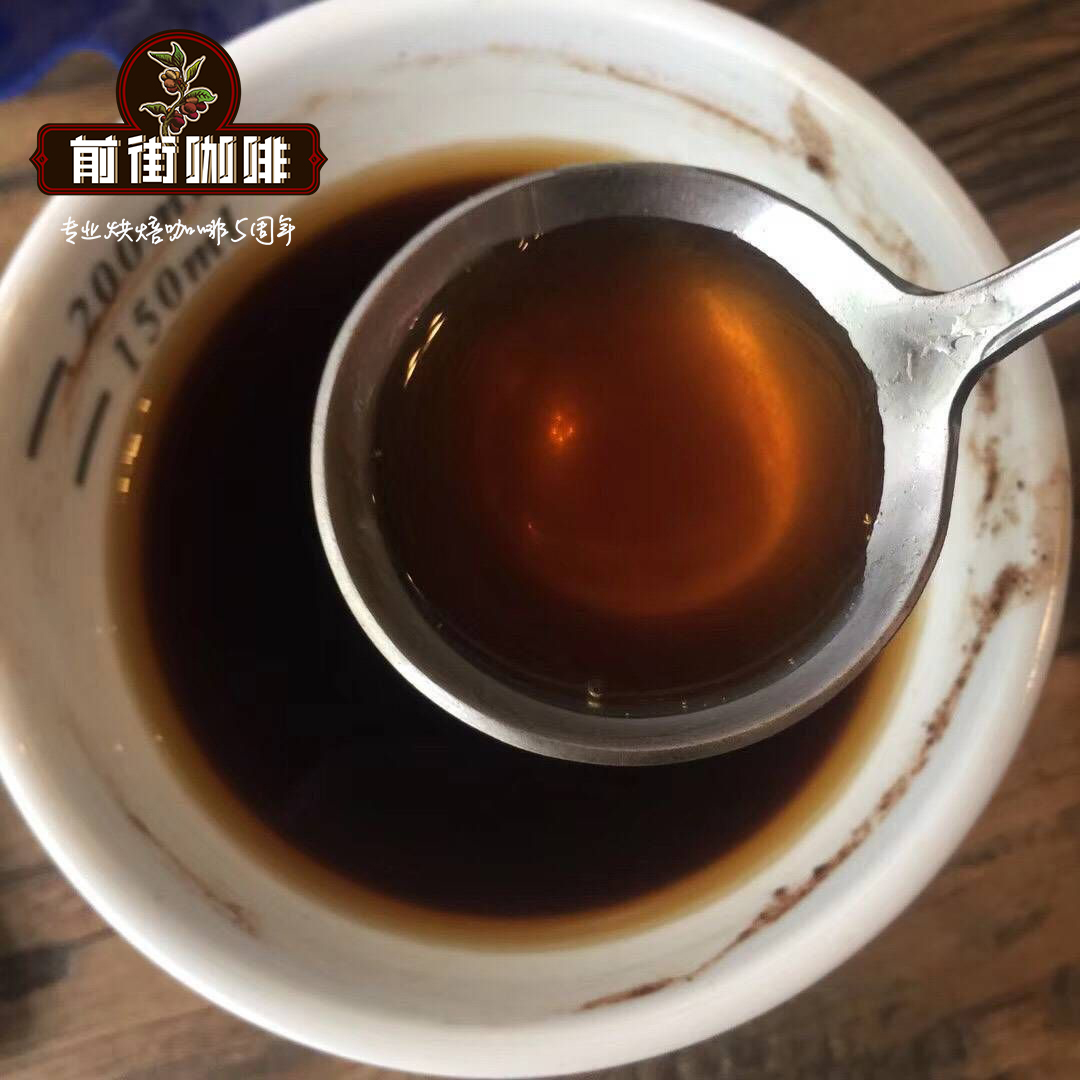What coffee producing areas are there in Ethiopia? Ethiopian Coffee beans Story

Professional coffee knowledge exchange More coffee bean information Please pay attention to coffee workshop (Weixin Official Accounts cafe_style)
Origin of Coffee
Ethiopia is located in East Africa, and there are as many as 5,000 wild coffee bean varieties found in the forests of the southern Kaffa region alone. Ethiopia is believed to be the birthplace of coffee-locals have discovered that cattle and sheep become excited, powerful and even crazy after eating a plant that grows red fruits. The locals picked the fruit to try, and slowly found that they also became energetic; so they began to pick them and deliberately plant them, because they came from Kaffa, so the world slowly named it Coffee.
Ethiopia is currently the largest coffee producer in Africa, but only 60% of the coffee beans are exported, and the rest are used in various forms of ceremonies, such as weddings, where coffee beans are mixed with coffee pulp, coffee with honey and various herbs to make medicine for bad luck. Coffee is an integral part of local life.
Ethiopian coffee culture
For Ethiopians, coffee is both a religion and a culture. However, the most important of all rituals is the coffee drinking ritual-the whole process of roasting coffee beans, grinding coffee powder, brewing coffee and drinking coffee is called "Coffee Ceremony".
This ceremony is a bit like the Japanese tea ceremony, there is a spiritual awareness in it. Rituals, whose purpose is to reach a conclusion, can be used for a marriage proposal or to mediate family conflicts. The entire coffee ceremony is very long, averaging about 1.5 hours. The ceremony begins with roasting coffee beans, followed by well-dressed women who put the roasted coffee beans into a pot so that everyone can smell the coffee beans and slowly brew the coffee.
The first cup of coffee is called Abol, which is the most important and the worst cup to drink. If, in resolving the conflict, one of the parties must bravely drink this cup and state his point of view; the second cup, called Tona, is boiled again with water, and the taste is still strong. If one of them accepts his point of view, he will drink it up; if the other does not drink it, there will be no third cup; the third cup is called Baraka, which symbolizes joy when things are settled and the conclusion is satisfactory, and often the younger generation will be invited to drink it.
Coffee rituals are also performed in rich and poor families. It has been joked that coffee is responsible for the harmonious coexistence of more than 80 ethnic groups in Ethiopia. Although this was a joke, it was not unreasonable given how much they valued coffee.
Ethiopian coffee producing areas
Ethiopia's coffee producing areas are Sidamo, Harrar and Yirgacheffe. Sidamo and Harrar are provinces and regions. Sidamo is located in the south of Ethiopia and borders Kenya. Harrar borders Somalia in the east of Ethiopia. Yirgacheffe is a small area in Sidamo region. Due to the composition and moisture content of the soil, its coffee production is considered to be the best in Ethiopia.
In the West, Ethiopian coffee is marketed as Yirgacheffee, Sidamo and Harrar. In the fine coffee sector, there are five other small local coffees, namely Limmu, Djimmah, Lekempti, Bebeka and Wolega. The most common coffee is either Sidamo or Harrar coffee.
Harrar Coffee is produced in the eastern highlands of Ethiopia. It is medium sized, greenish yellow, medium acidity, full bodied and has a typical mocha flavor. It is one of the most famous coffees in the world.
Wollega (Nekempte) coffee is produced in western Ethiopia. It is medium to large in bean shape and is famous for its rich fruit flavor. Green, brown color, acidity and body are good. It can be made into a combination or a single item.
Limu Coffee is known for its spicy and Winnie flavor and is popular in Europe and America. Acidity, good body, washed Lim coffee is also a fine coffee darling. Bean-shaped medium, green-blue, mostly round.
Sidama Coffee is medium in bean shape, green and gray. Sidama washed coffee is characterized by balanced taste and flavor. It is known as sweet coffee. It has fine acidity and good body. It is produced in southern Ethiopia and can be combined with fine products.
Yirgacheffe Coffee has a strong floral flavor.
Washed coffee is one of the world's best high-quality coffee, soft acidity, rich body. Top and Bebeka coffees, low in acidity but high in body, are indispensable members of the blend coffee.
How to drink Ethiopian coffee?
As the coffee begins to crack as it roasts, the hostess may add cardamom, cinnamon and cloves to the mixture. Restaurants (especially Western ones) can use electric grinders to speed up the grinding process. Although coffee is usually unfiltered, some courtesans can filter it through a fine mesh sieve to remove the ground. In the countryside, coffee can be salted instead of sugar. In some parts of Ethiopia, butter or honey can be added to brewing. Coffee can be paired with roasted barley, peanuts, popcorn or coffee fruit snacks.
Front Street suggested brewing parameters:
V60/90℃/1:15/time 2 minutes
Qianjie Coffee: Guangzhou's baking shop, small store but a variety of beans, can find a variety of famous beans, but also provide online store services. https://shop104210103.taobao.com
Important Notice :
前街咖啡 FrontStreet Coffee has moved to new addredd:
FrontStreet Coffee Address: 315,Donghua East Road,GuangZhou
Tel:020 38364473
- Prev

Flavor and taste characteristics of Ethiopian coffee beans is coffee beans expensive in Yega Xuefei producing area? is it good?
Professional coffee knowledge exchange more coffee bean information please follow the coffee workshop (Wechat official account cafe_style) Ethiopia is considered to be the birthplace of coffee plants and coffee culture. Coffee is thought to have been found in Ethiopia as early as the ninth century. Today, there are more than 1200 in Ethiopia
- Next

Description of the flavor characteristics of Ethiopian coffee beans the difference between Essex plus Xuefei and Guji Coffee
For more information on coffee beans, please follow the coffee workshop (Wechat official account cafe_style) Ethiopia is currently the largest coffee producer in Africa, but only 60% of the coffee beans are exported, and the rest are used in various forms of ceremonies, such as weddings.
Related
- Detailed explanation of Jadeite planting Land in Panamanian Jadeite Manor introduction to the grading system of Jadeite competitive bidding, Red bid, Green bid and Rose Summer
- Story of Coffee planting in Brenka region of Costa Rica Stonehenge Manor anaerobic heavy honey treatment of flavor mouth
- What's on the barrel of Blue Mountain Coffee beans?
- Can American coffee also pull flowers? How to use hot American style to pull out a good-looking pattern?
- Can you make a cold extract with coffee beans? What is the right proportion for cold-extracted coffee formula?
- Indonesian PWN Gold Mandrine Coffee Origin Features Flavor How to Chong? Mandolin coffee is American.
- A brief introduction to the flavor characteristics of Brazilian yellow bourbon coffee beans
- What is the effect of different water quality on the flavor of cold-extracted coffee? What kind of water is best for brewing coffee?
- Why do you think of Rose Summer whenever you mention Panamanian coffee?
- Introduction to the characteristics of authentic blue mountain coffee bean producing areas? What is the CIB Coffee Authority in Jamaica?

